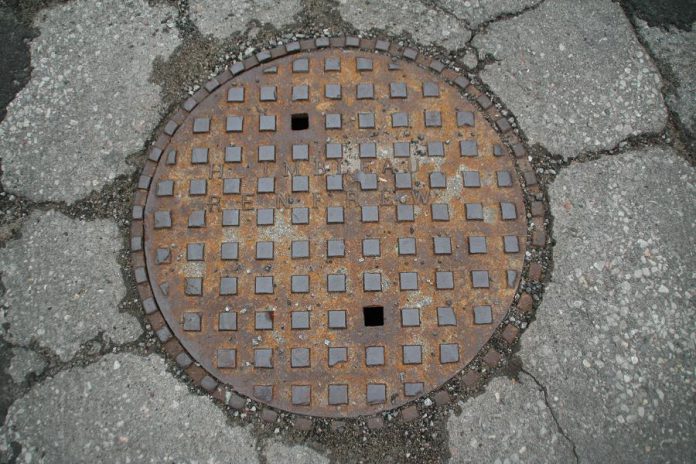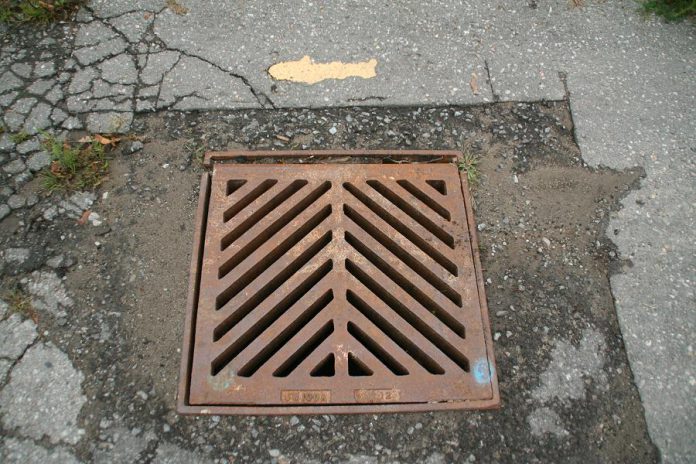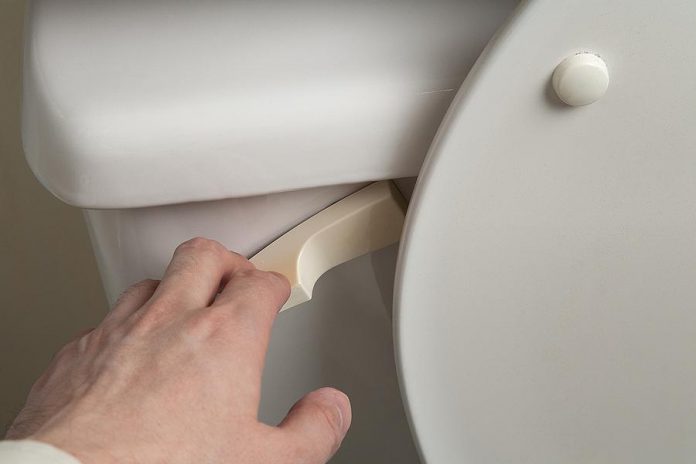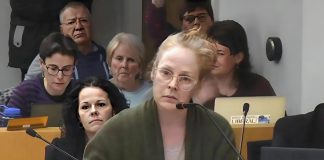When you flush the toilet or drain the bathtub, where does the wastewater go?
Although you may not want to think too much about raw sewage and its treatment, this is an important water issue to consider. Here in the City of Peterborough, we are fortunate to have the wastewater treatment plant treat our sewage, meaning that we don’t have to worry about this topic on a daily basis — or maybe we do.
After my July article about water treatment, I wanted to learn more about wastewater treatment. So I reached out to Kent Keeling, chief environmental officer with the City of Peterborough, to get a better sense of how our wastewater system works.
Keeling says there is an important distinction between sanitary sewers and storm sewers.
“The sanitary sewer system connects your home (toilets, showers, sinks, etc.) to the wastewater treatment plant for treatment prior to re-entering the Otonabee River,” Keeling explains. “By contrast, storm sewers are connected to the square curbside grates on the city’s streets. These are meant to carry rainwater away to the nearest lake, river, or stream.”
You may notice both types of sewers in your neighbourhood, but the treatment of wastewater is different than that of stormwater. While we all need to be careful about what goes into our stormwater system to minimize pollution to our waterways, wastewater requires comprehensive treatment to protect both the environment and our health.
“Wastewater treatment is designed to treat and remove solids, ammonia, and phosphorous,” Keeling says. “These contaminants are associated with typical household waste: things like bodily wastes, showers, dishwashing, laundry, etc.”

The solids Keeling is referring to include feces, which contain phosphorous. The other human waste is urine. While mostly water, urine also contains phosphorus and urea. Urea is composed of ammonia and carbon dioxide. High amounts of both ammonia and phosphorus are considered harmful to aquatic life and are removed during the wastewater treatment process.
The only things that we should be flushing are pee, poop, and toilet paper, referred to collectively as “The Three Ps.” Remember your toilet is not a garbage can. Dispose of your other waste properly, Keeling urges, and never flush these items:
- Unused pharmaceuticals. These can be returned to your local pharmacy for disposal.
- Hazardous chemicals like paint, gasoline, and pesticides. These need to go to the Household Hazardous Waste Depot at 400 Pido Road.
- Things like latex gloves, baby wipes, feminine hygiene products, dental floss, bandages, hair, and condoms should all go in the garbage and not down the drain.
But what if items other than the Three Ps are flushed?
“The first issue is they can get caught in your household plumbing,” Keeling says. “This may not cause an immediate problem, but over time other debris and solids will get caught up on this item, eventually blocking the pipe and causing sewage to back up into your home.”
“If the item manages to clear your household piping, then it would make its way to the municipal sewer system where the exact same situation could happen — only this time the sewage would back up out of a manhole and into the environment and possibly into your neighbour’s house.”
If the item manages to make it to the wastewater treatment plant, Keeling explains it has the potential to clog one of the pumps. This could affect the plant’s ability to pump sewage and maintain the treatment process, and would require staff to take the pump apart to remove the blockage.
“If the item somehow made it past all these points, then it would be removed at our screening facility at the start of the treatment process,” he adds. “An excess of these items (baby wipes, rags, toys, etc.) can and have caused the screens to become clogged, requiring staff to make repairs to the screening system.”
In other words, flushing items other than the Three Ps can potentially be expensive to you, your neighbour, and to all municipal taxpayers, depending on where these items clog the sanitary sewer infrastructure.

Finally, I asked Keeling to explain the how wastewater is treated. Here’s how it works:
- Screening. The screening process removes larger floating items and material that should not have ended up in the sanitary sewer, such as rags, food particles, plastic, and latex items.
- Grit Removal. Larger materials, like sand that settles out quickly, are removed in the grit tanks. Screenings and grit end up going to the landfill.
- Primary Clarifiers. This stage involves adding a flocculant (ferric sulphate) to attract smaller particles together to create bigger particles that then settle out. These bigger particles are sent to the anaerobic digesters, where they are broken down by micro-organisms. The primary clarifiers also remove solids and some phosphorus.
- Aeration Tanks. After the primary clarifiers, the wastewater enters the aeration tanks. In these tanks, there is a mix of micro-organisms and bacteria that consumes the waste, and air is actively bubbled into the tanks to provide oxygen to these organisms. In this part of the process, ammonia is converted to nitrate and more phosphorous is removed.
- Final Clarifiers. After the aeration tanks are the final clarifiers, where the micro-organisms are returned to the aeration tanks and remaining solids are removed and disposed of.
- Disinfection. Clean water from the final clarifiers goes through ultraviolet disinfection (to remove harmful bacteria, for example) before being discharged into the Otonabee River.
Now that we have a better understanding of where our wastewater goes and how it is treated, we know it’s best to only flush the Three Ps down the toilet and dispose of other wastes properly.
Remember that our drinking water comes from the Otonabee River, and our treated wastewater eventually ends up in the river as well. Respecting this life-giving waterway is in our best interest.



























